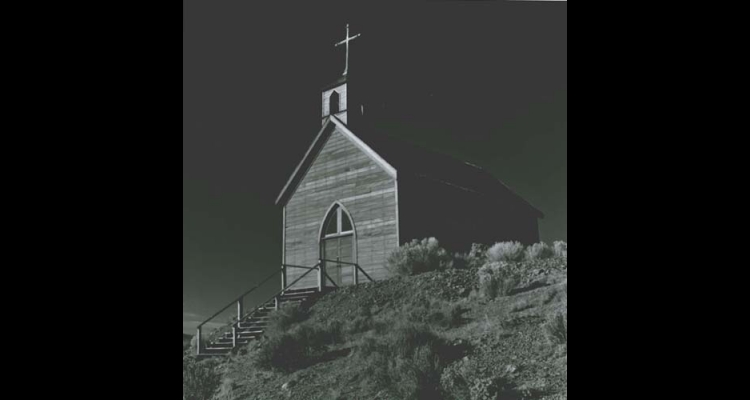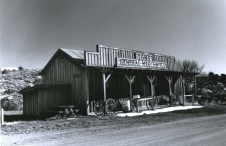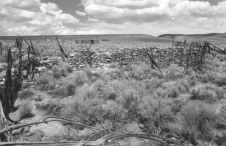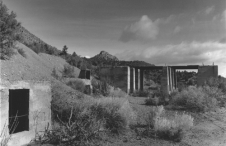Manhattan
Miner George Nicholl found rich silver deposits in the southern part of the Toquima Range in Nye County during 1866. Only sporadic production occurred there until major new discoveries, assaying at $3000 a ton, were made in April 1905. A rush to the booming mining camp ensued, and by the end of 1905, Manhattan had a population of more than 1000, seventy-five frame buildings, and two newspapers. Although the town was at its peak, the San Francisco earthquake in April 1906 had a tremendous effect on it. Most of Manhattan's investors were from the destroyed bay city, and they pulled their money out to help rebuild their own community.
Fortunately, extensive gold placer deposits were discovered below town in 1909, bringing new prosperity to Manhattan. By the 1920s, however, mining slowed dramatically and little was produced until a huge dredge was built in 1938 to work the placer deposits. The dredge, an oddity in Nevada, produced $4.6 million before being dismantled in 1947.
During the 1980s, an open pit operation was active and new mining operations started in 2005. About fifty people still call Manhattan home and there are many reminders of its once glorious past.



